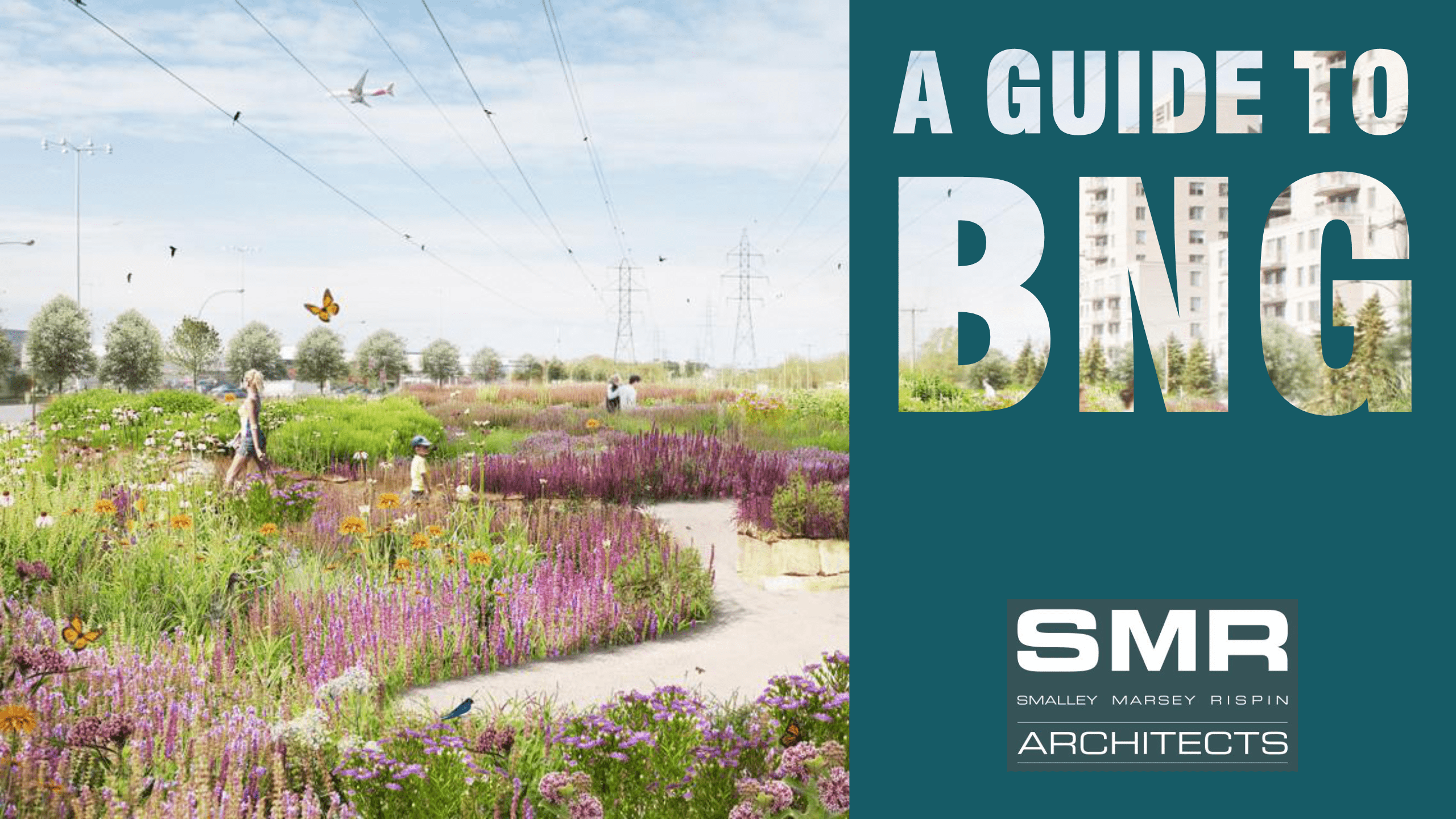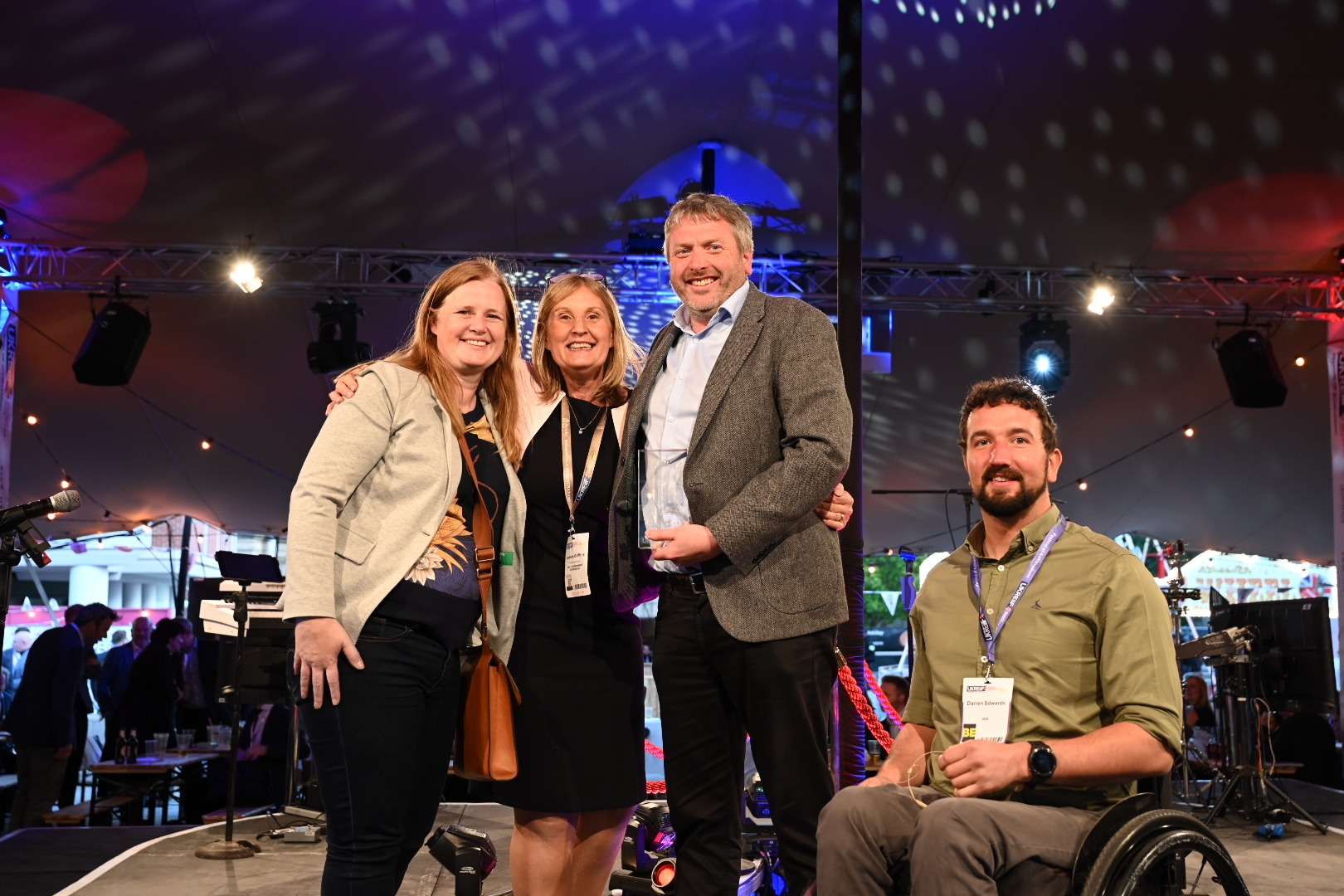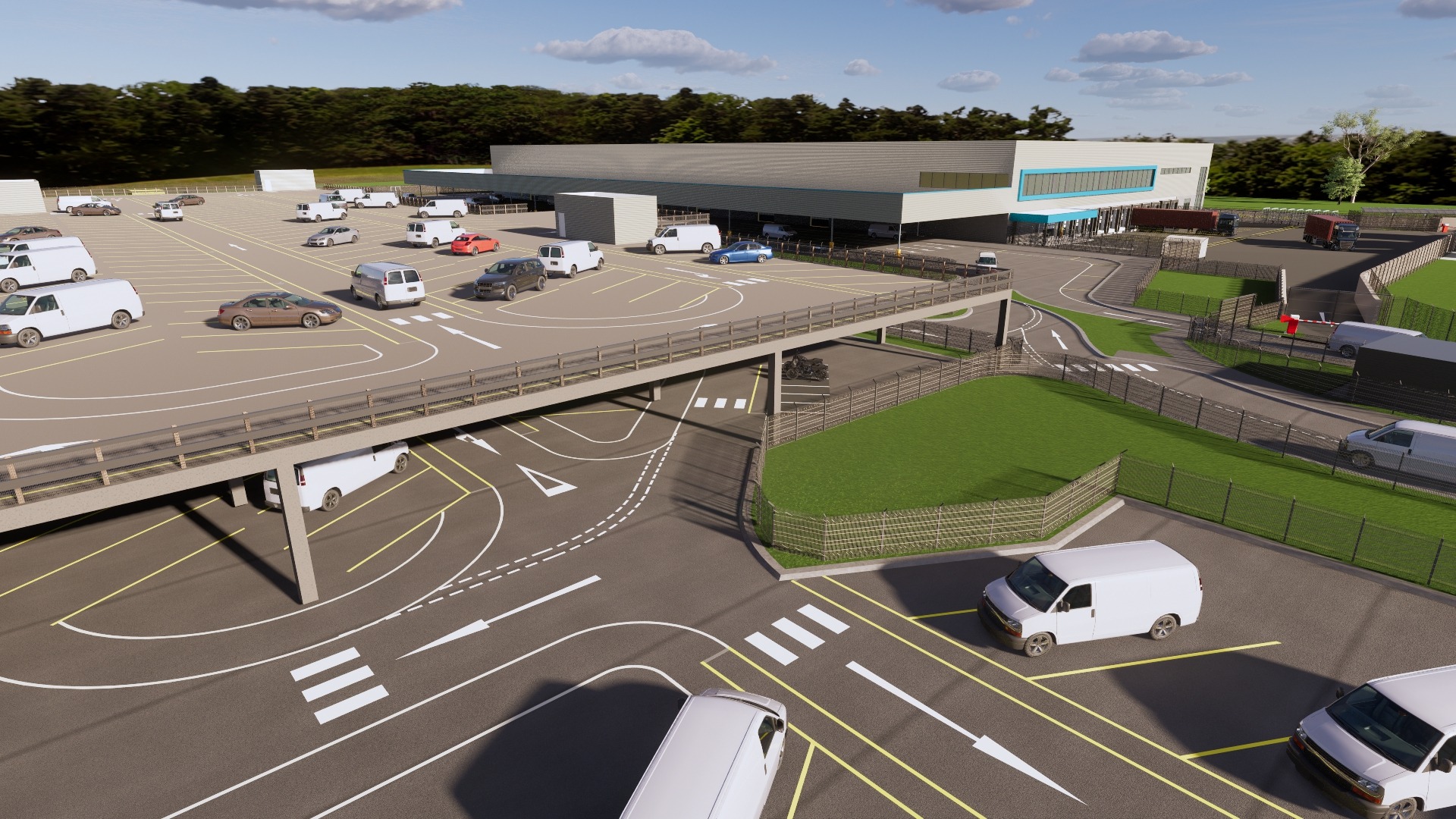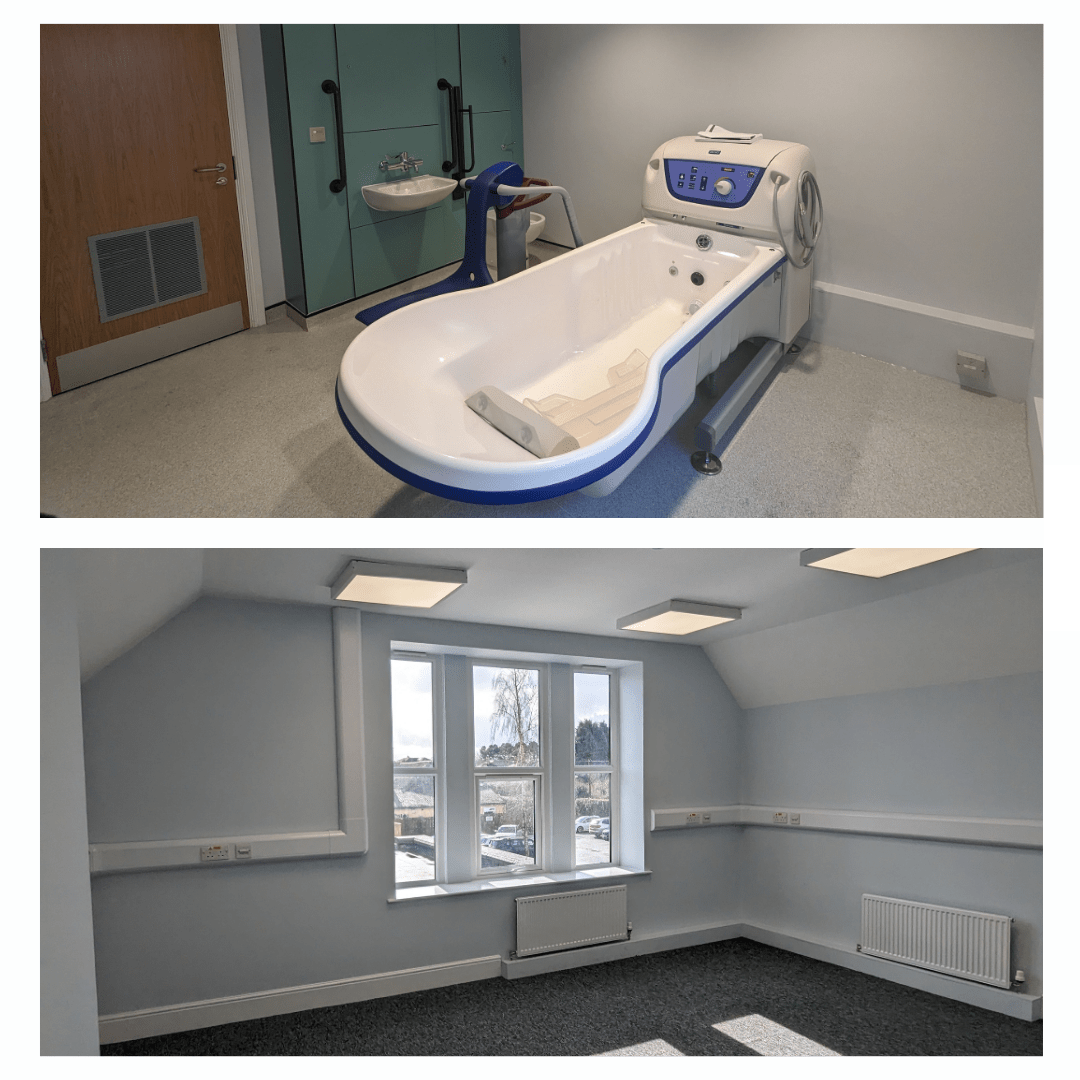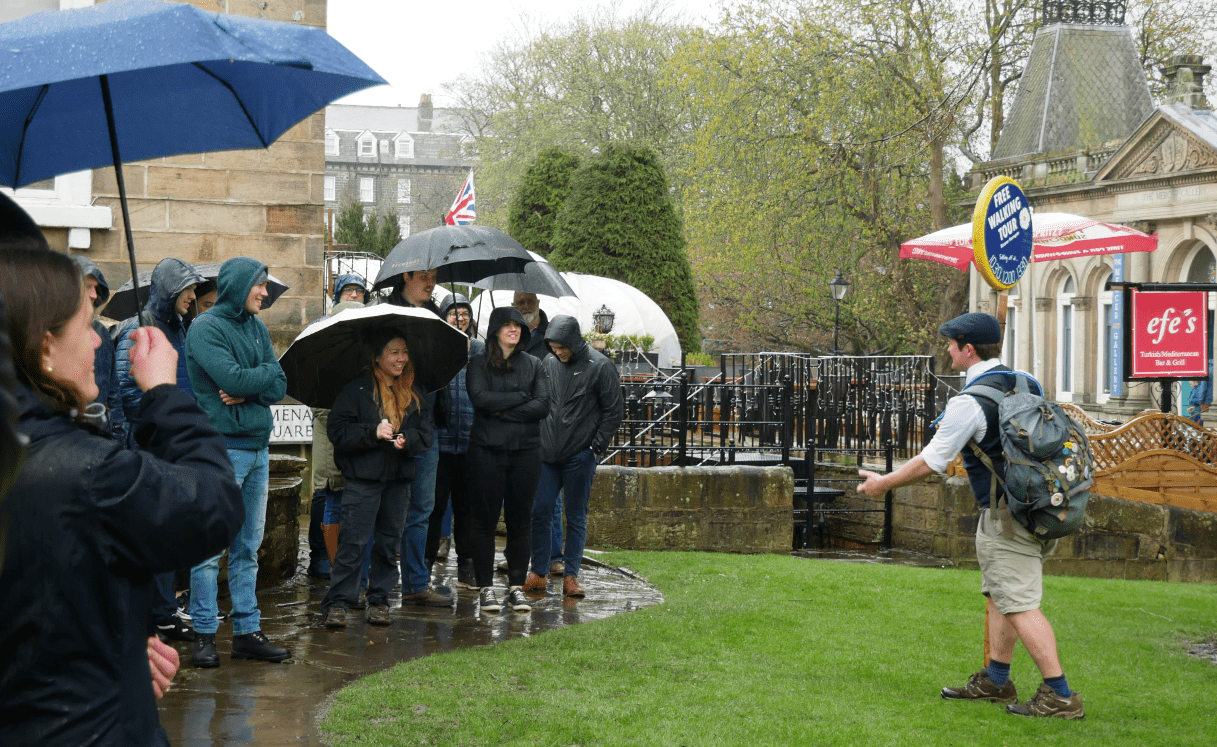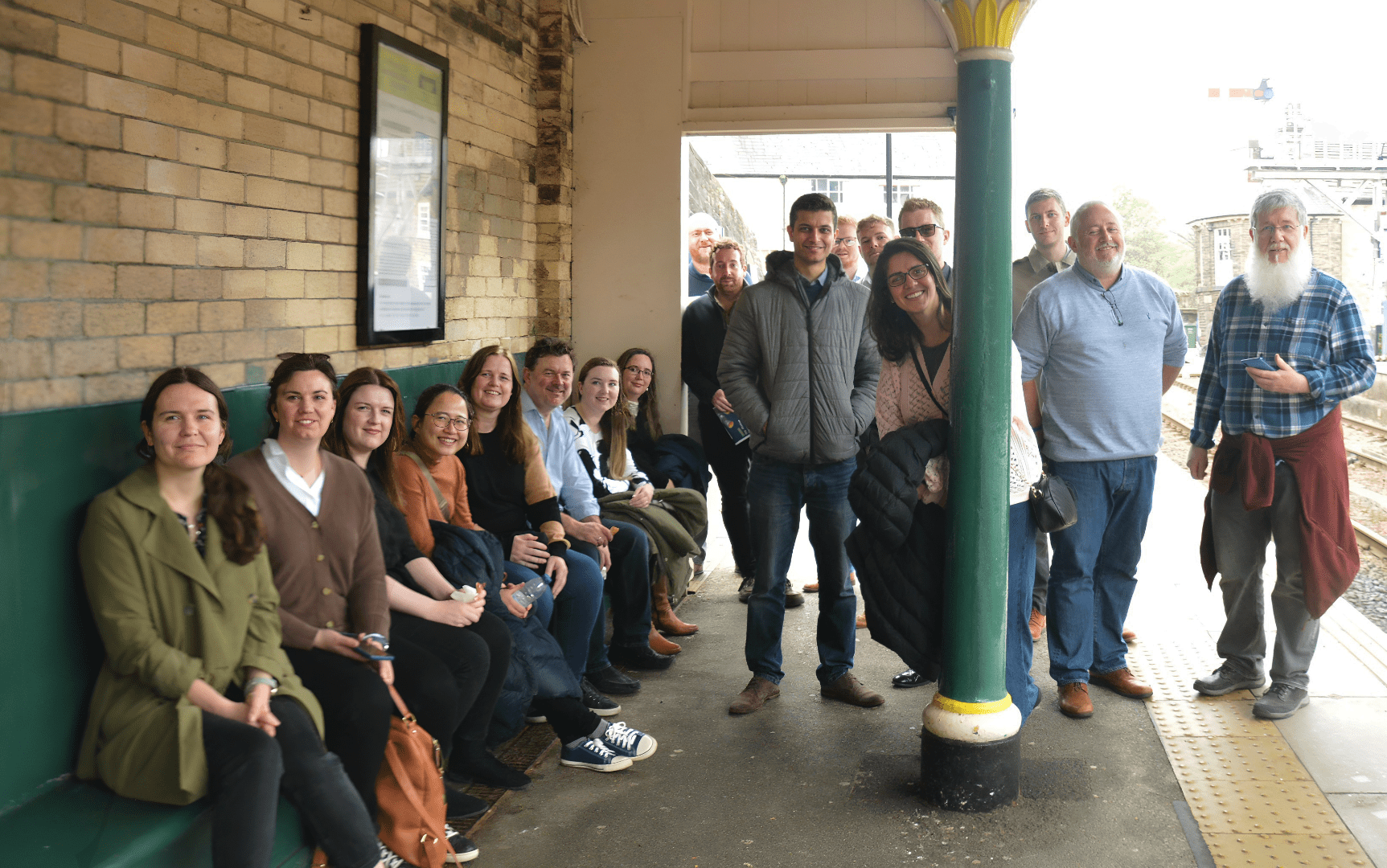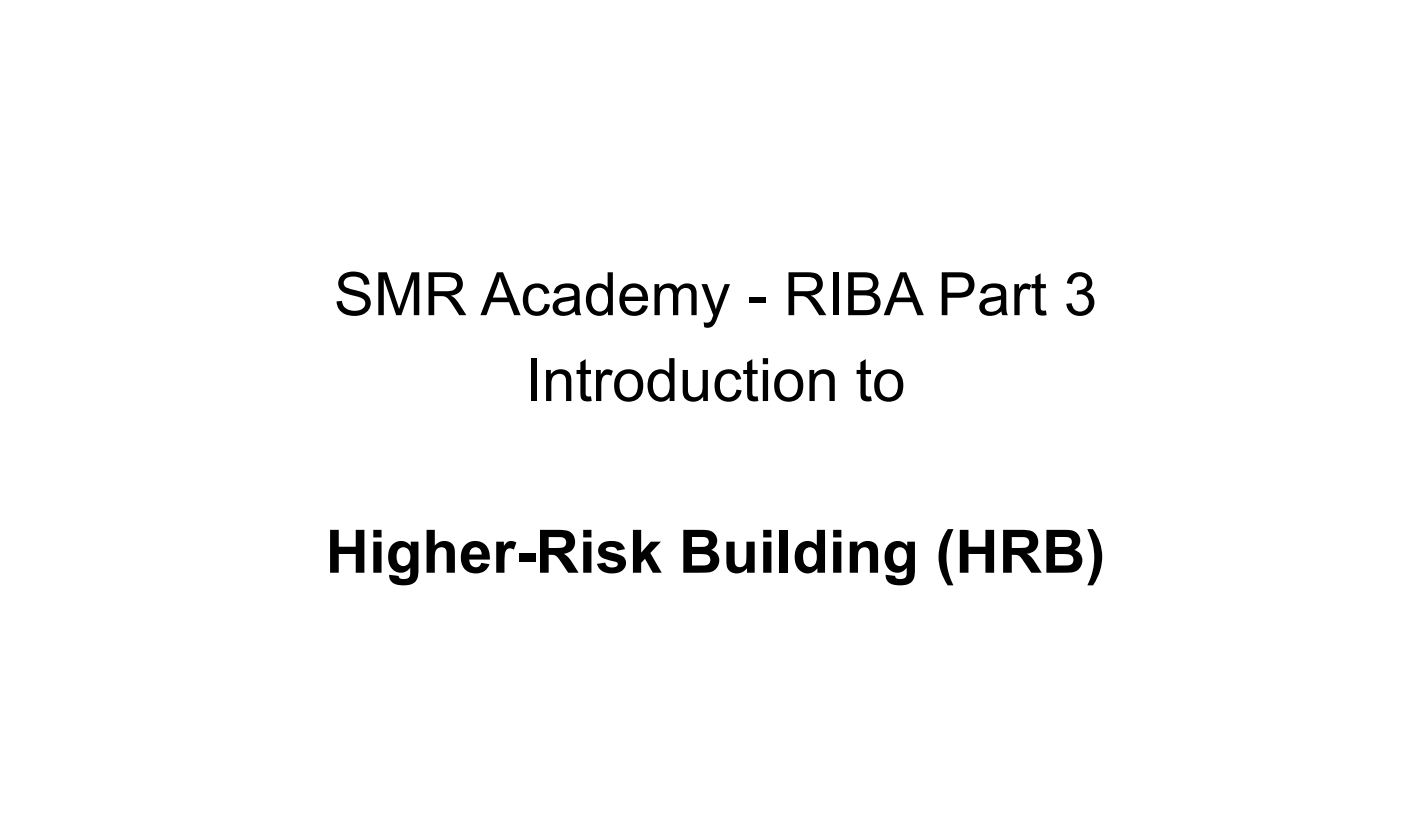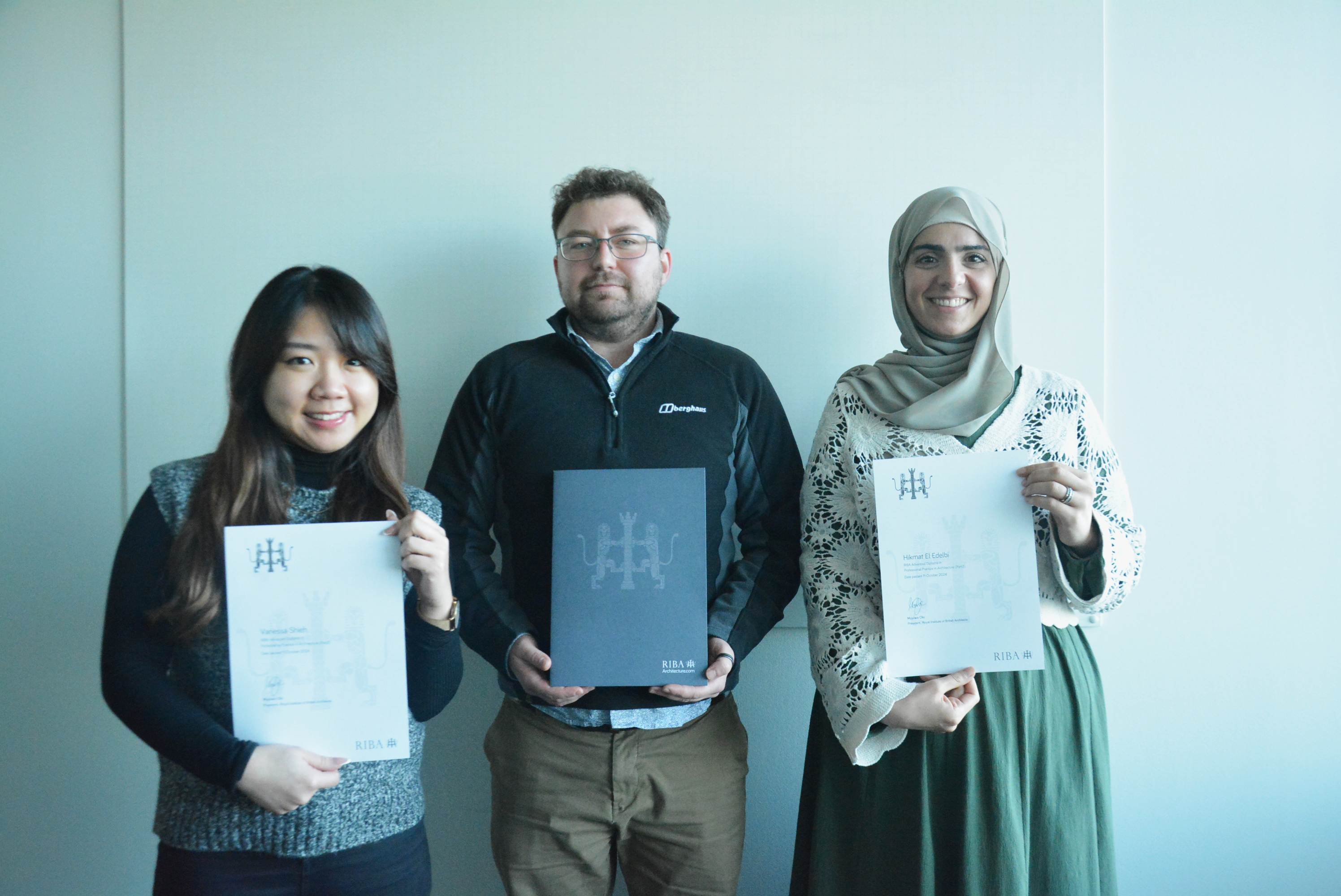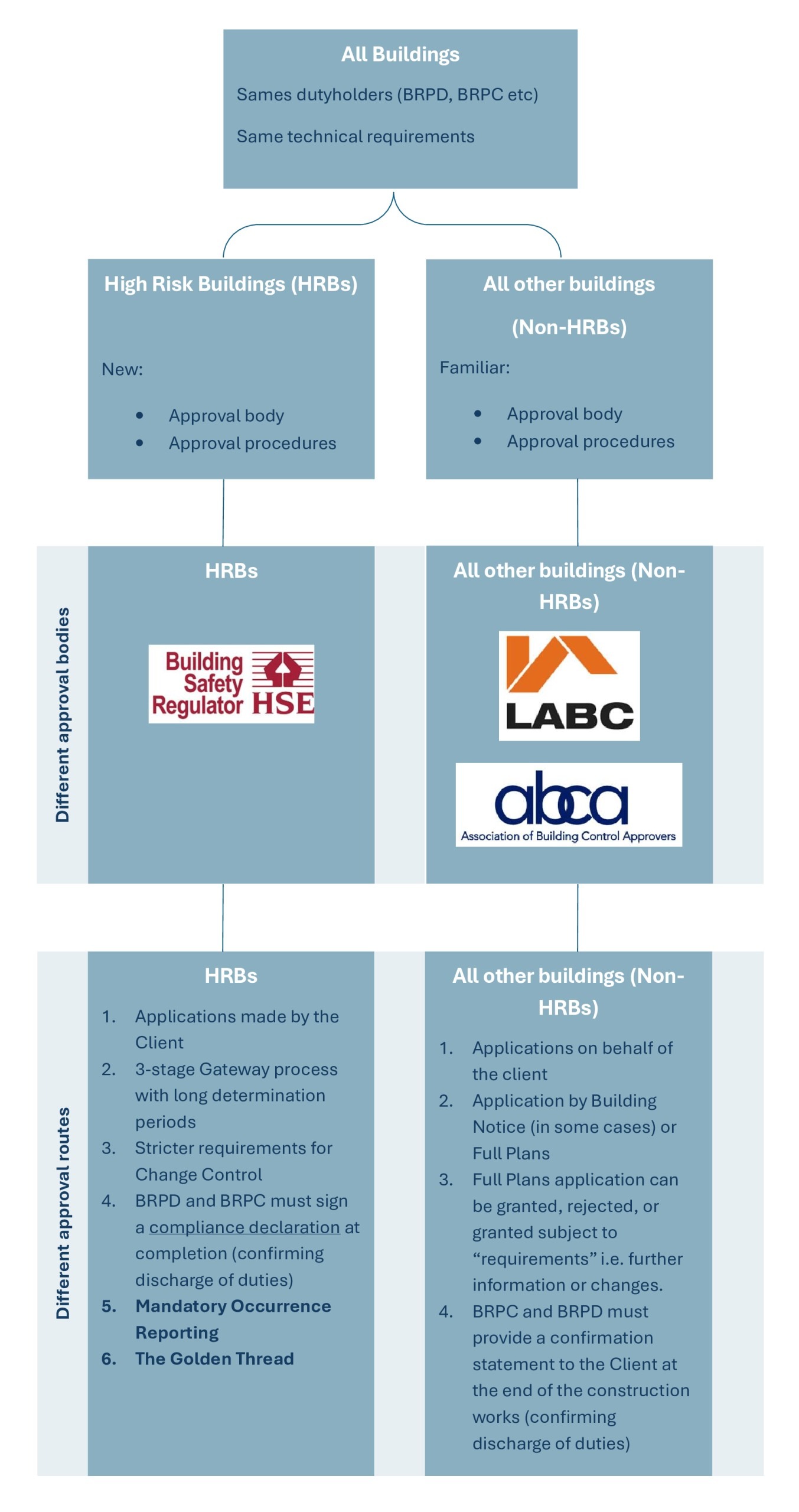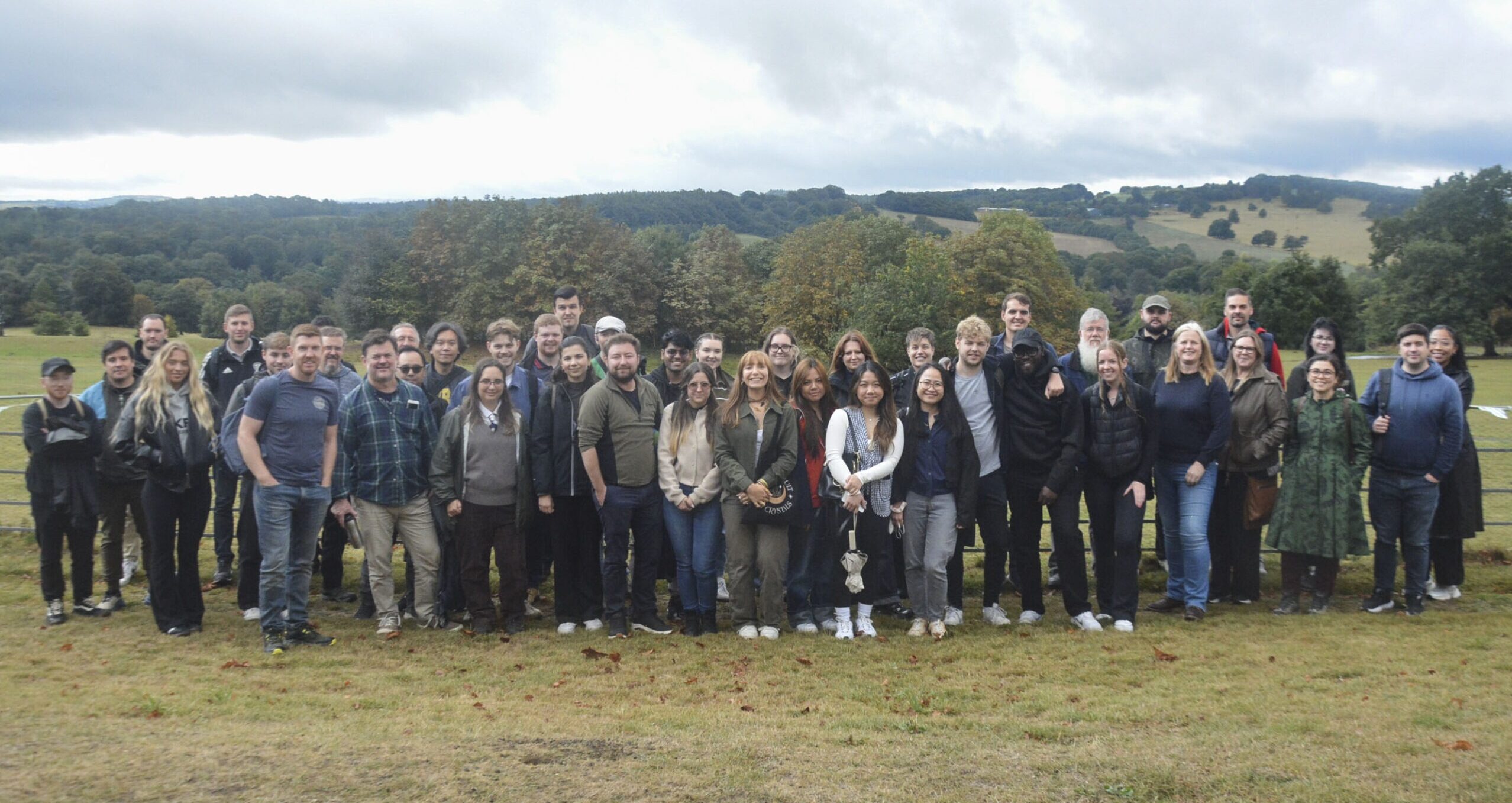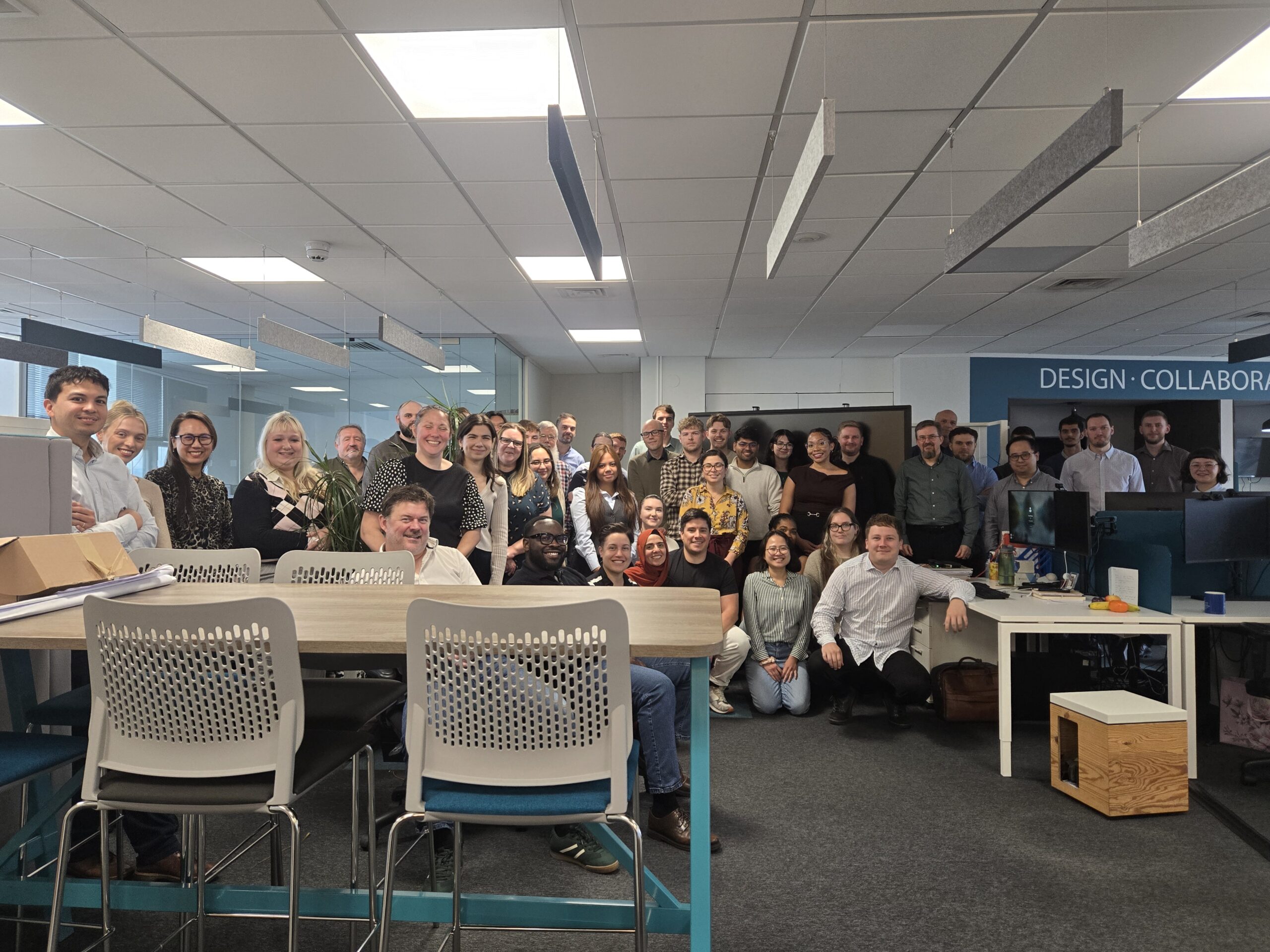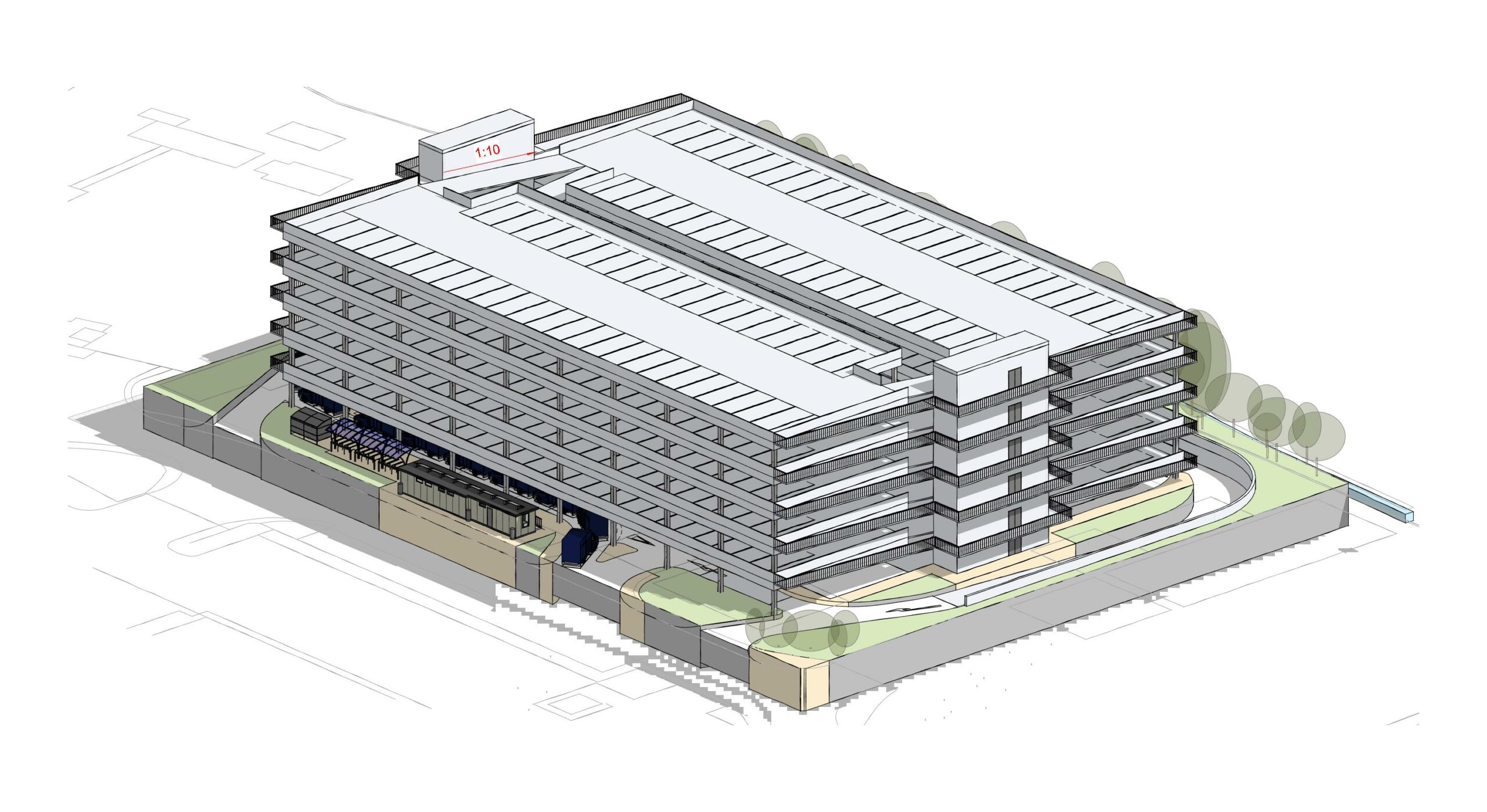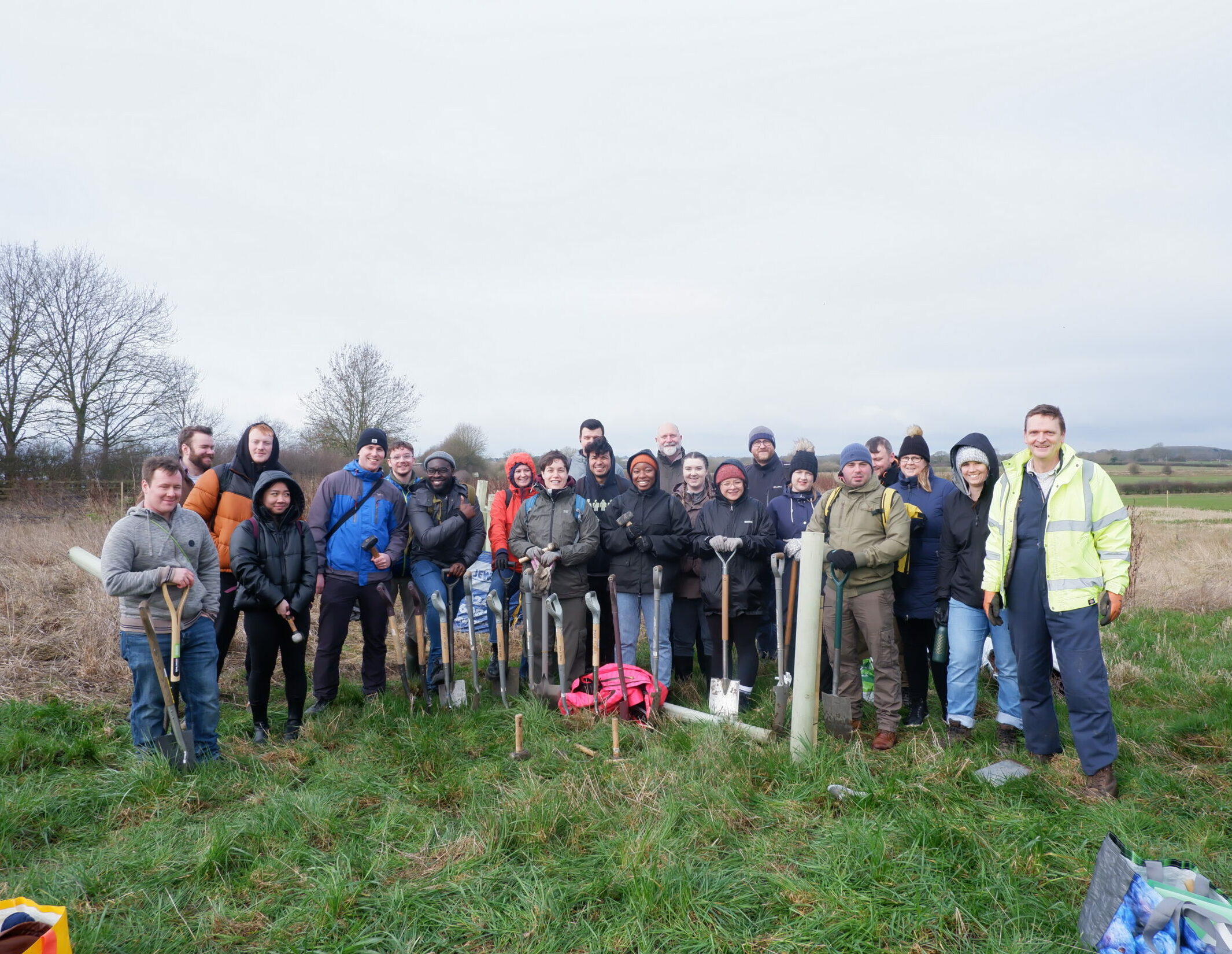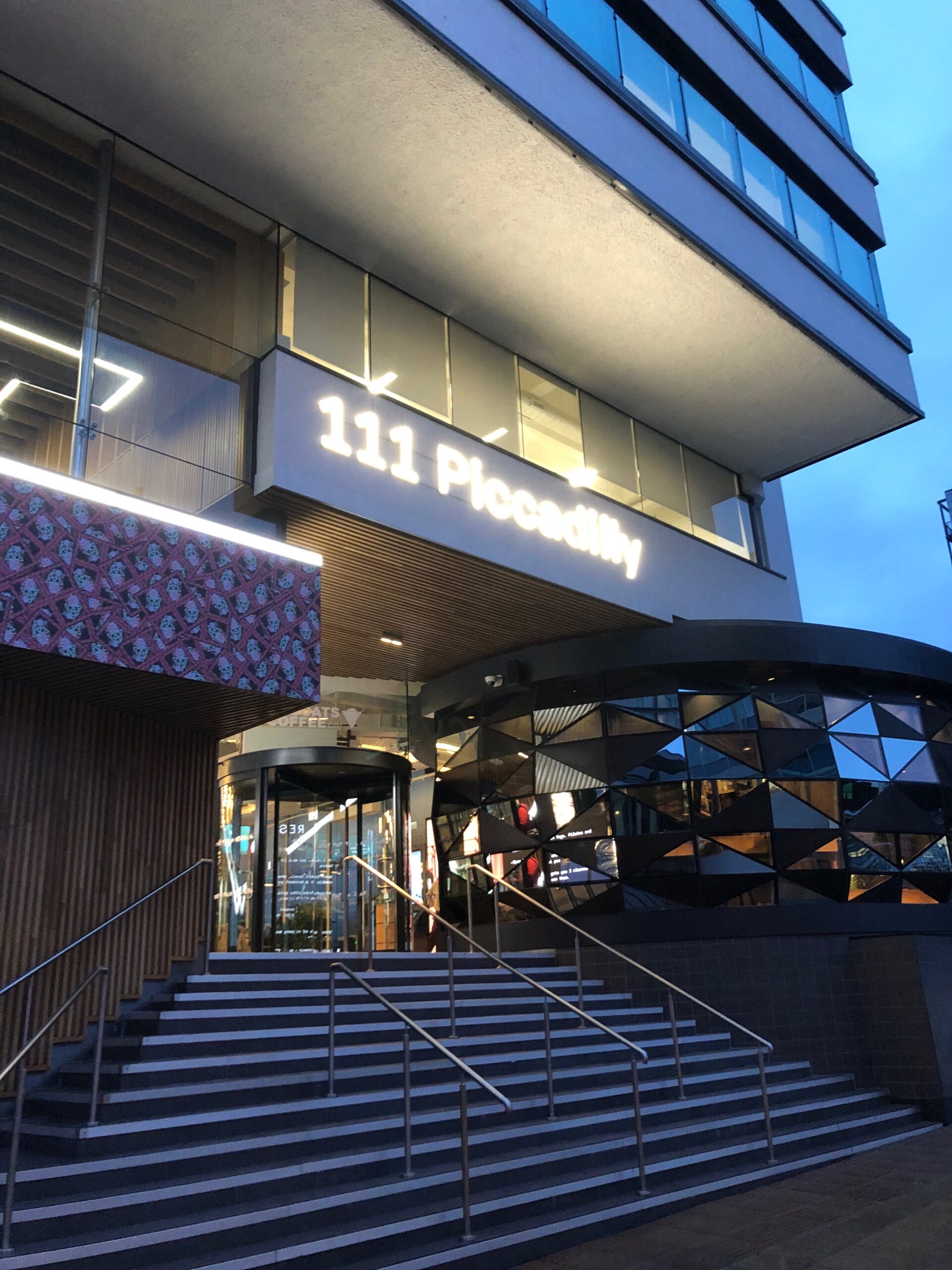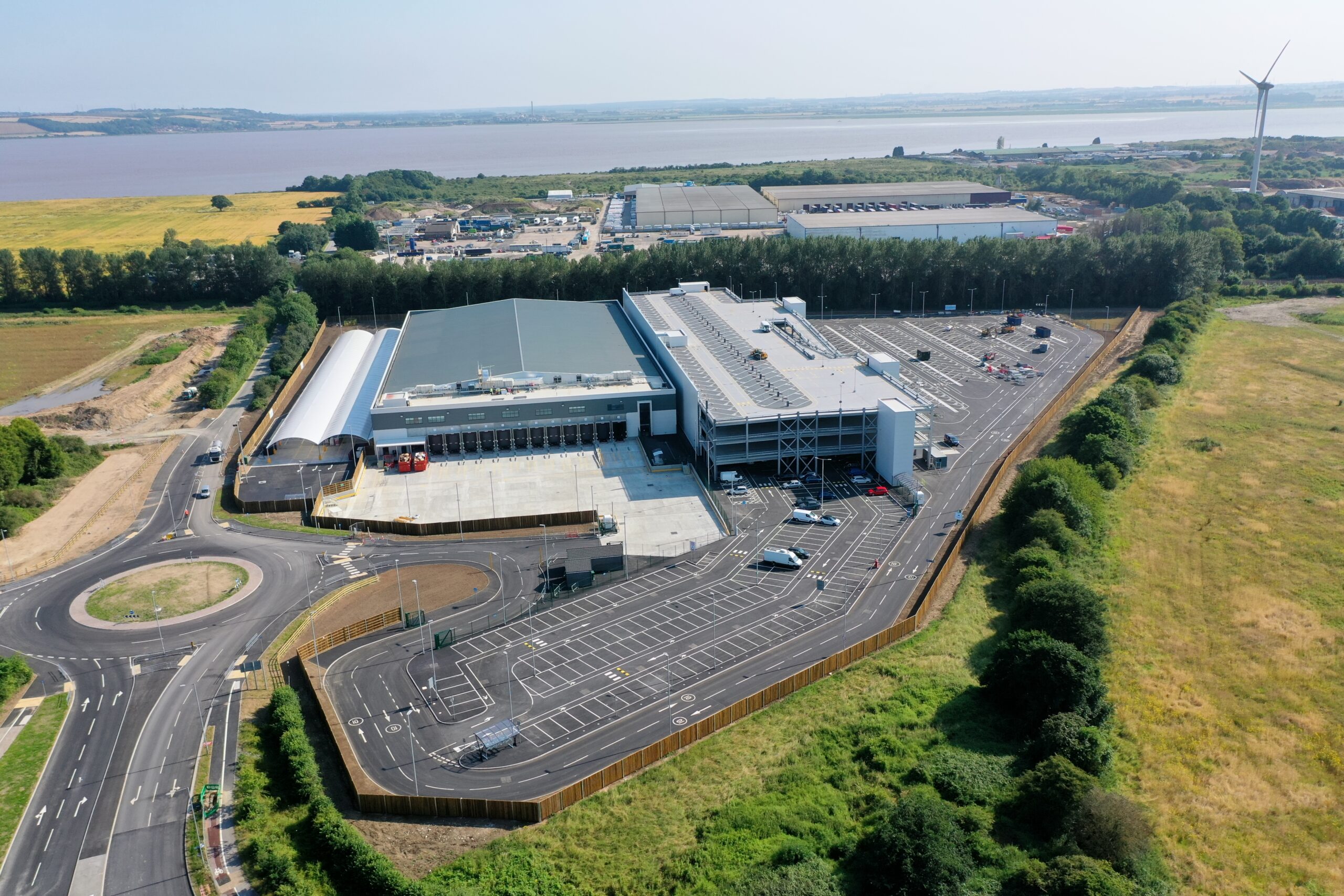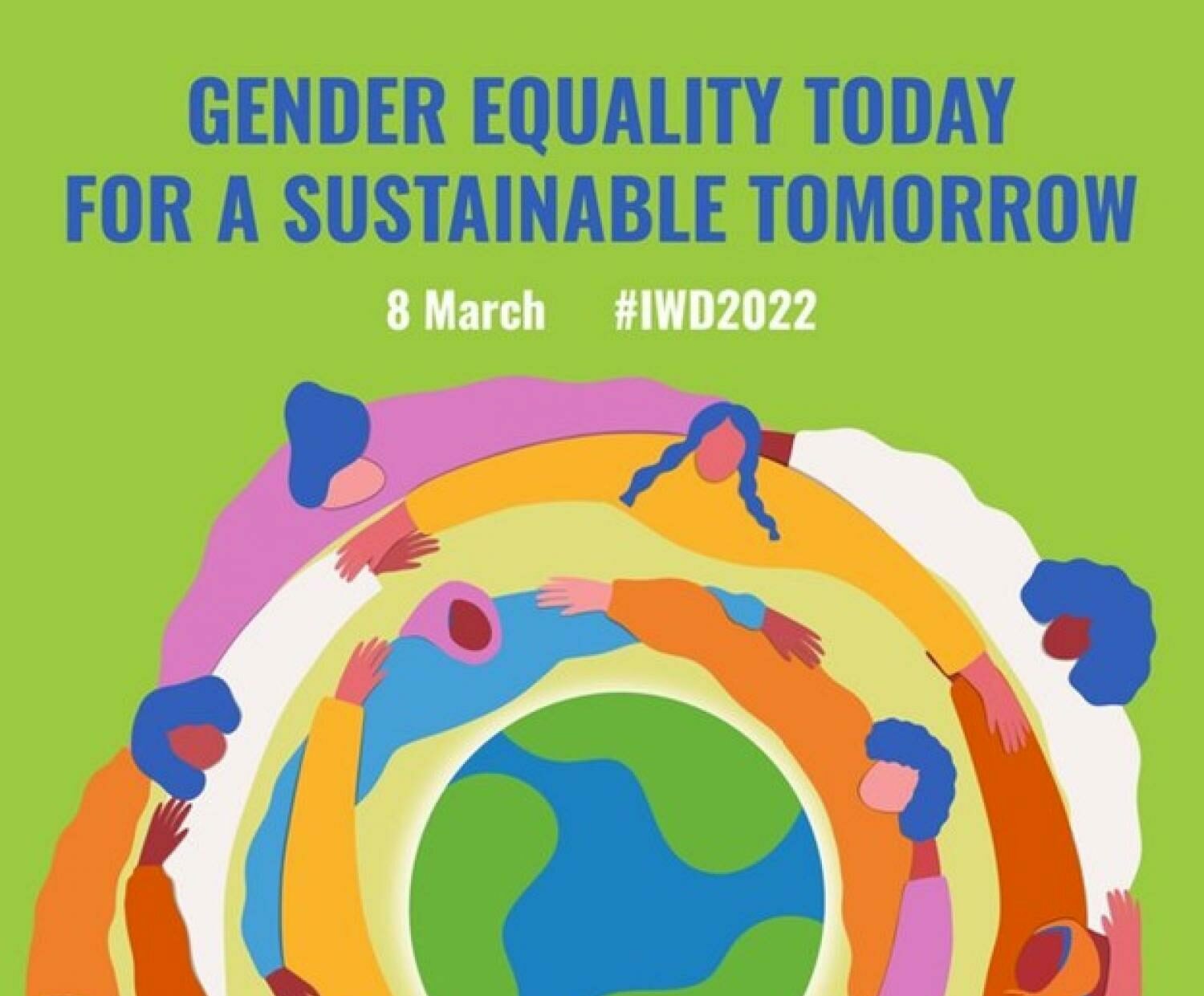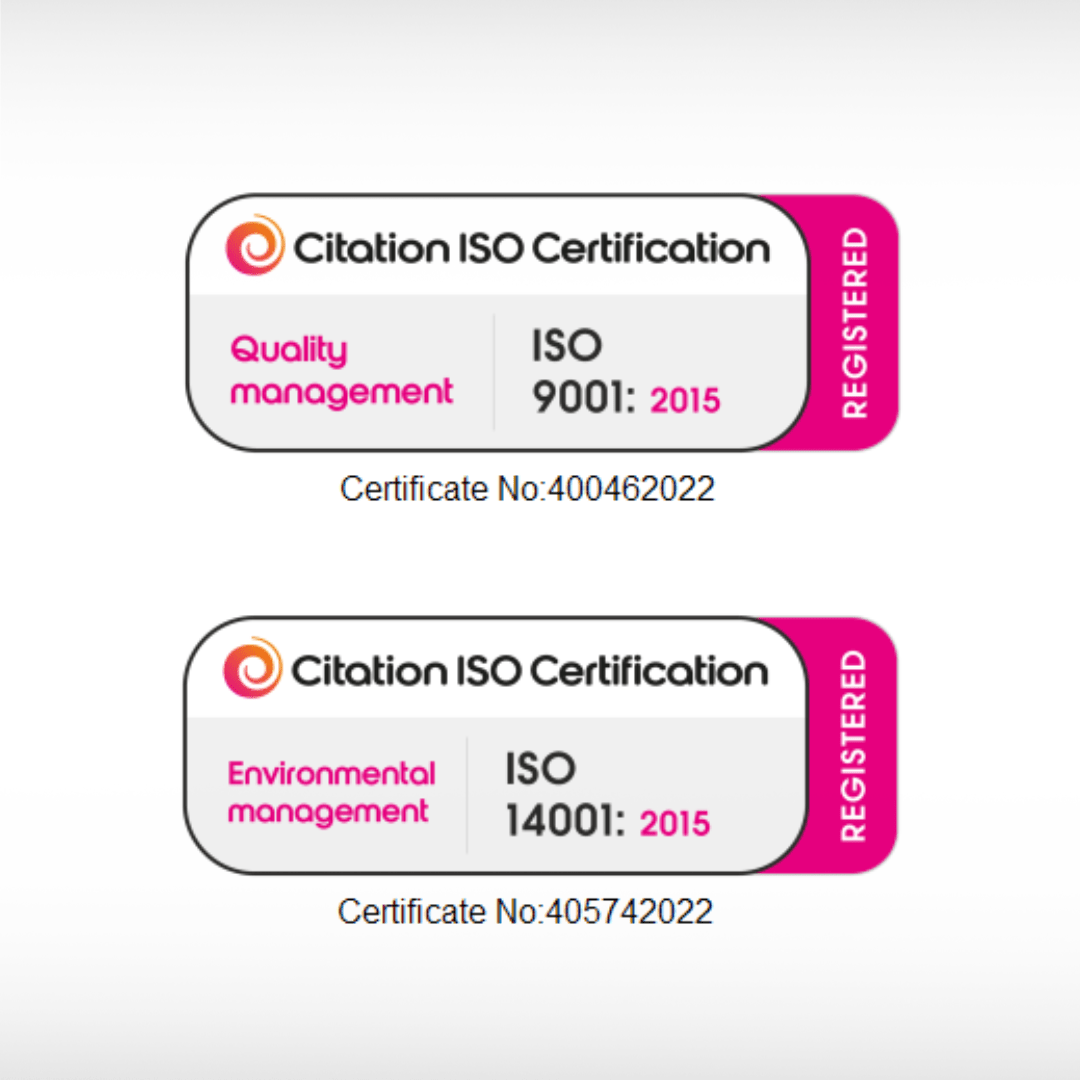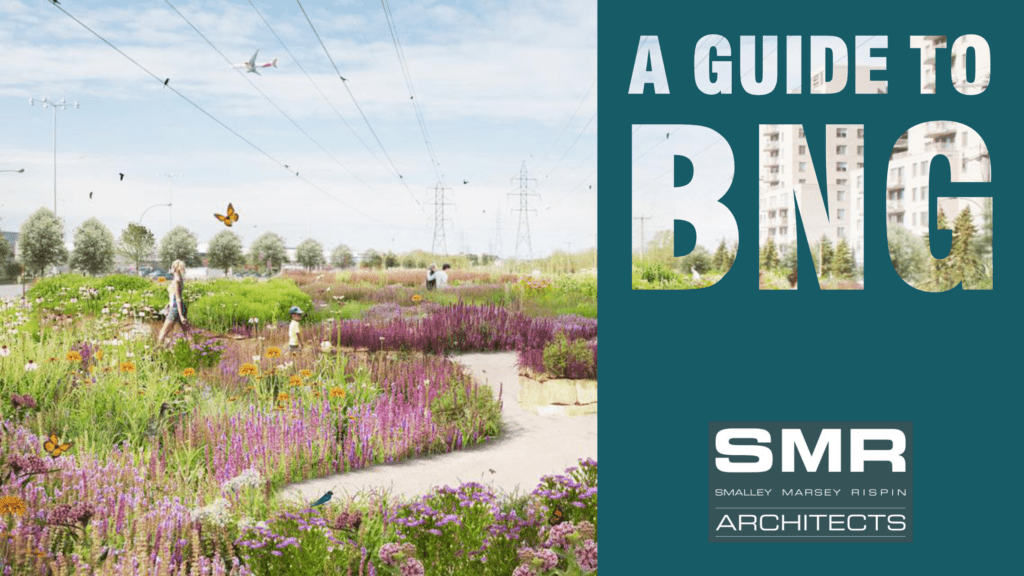
As of 12th February 2024, Biodiversity Net Gain (BNG) has become a mandatory condition for major developments across England, as stipulated under Sections 98 and 99 of the Environment Act 2021. This legislation mandates that any development must enhance biodiversity by at least 10%, marking a significant step towards sustainable construction.
Implementing BNG Requirements
The BNG requirements apply to planning applications submitted from the 12th February onwards with an initial focus on larger sites. From April 2024. the requirements will extend to smaller developments. It’s important to note that these do not affect householder applications, and developments approved before February are exempt under current Planning Policy Guidance.
Strategic Planning for Phased Developments
For phased applications, developers must prepare an Overall Biodiversity Gain Plan at the start, followed by a Phased Biodiversity Gain Plan for each stage. It’s crucial to align subsequent phases with the initial Overall Plan to ensure consistency and compliance.
Achieving BNG: A Structured Approach
Developers can achieve BNG through a structures three-tiered approach:
- On-site Enhancement: The preferred method involves improving biodiversity directly on the development site, with a commitment to maintain these enhancements for 30 years.
- Off Site Provision: When on-site BNG is not fully attainable, developers can supplement with off-site improvements, either on land they own or through purchasing biodiversity units on the market.
- Statutory Credits: As a last resort, developers can purchase credits from the Government, ranging from £42k to £650k per credit, with a requirement of two credits per unit. This option is only viable when on-site and off-site provisions are not feasible.
Biodiversity Units: The Currency of Nature
Biodiversity is quantified in standardised units, calculated using the Statutory Biodiversity Metric Tool. These units reflect the habitat’s size, location, quality and type, and are secured through legal agreements or planning conditions, which require 30 years of maintenance. Off-site biodiversity units generally reduce in value as they get further away from the site.
Navigating BNG Challenges
The introduction of BNG presents several challenges, including additional legal obligations, potential restrictions on development, land contamination and the management of long-term maintenance responsibilities. Developers must consider these factors when assessing scheme viability and site acquisition.
At SMR Architects, we are committed to navigating these complexities and embracing BNG as an opportunity to foster a more sustainable future. By integrating BNG into our projects, we not only comply with legal requirements but also contribute to a richer, more diverse environment for generations to come.
For more information on how SMR Architects can assist with your BNG requirements, please contact us. Together, we can build a greener, more biodiverse world.

